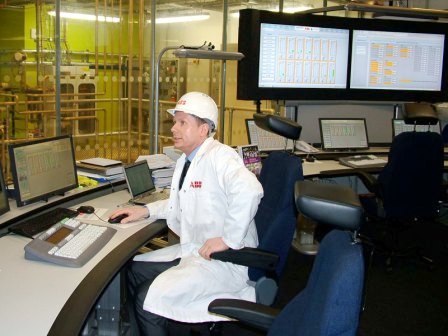The process of research for marketing (hereafter called marketing research) usually consists of five underlying parts which are:
- Problem Definition
- Research Plan
- Data Collection
- Data Analysis
- Report Presentation
There are many kinds of marketing research techniques and deciding on which one is right for you depends on what is to be achieved from the research you are conducting.
Exploratory Research is probably the simplest and most often used, not only in marketing but for nearly all research needs. This method is used to explore a problem and provide insights and is particularly useful when there is no initial understanding of the problem.
Descriptive Research is most often used to describe something, usually market characteristics or functions. It is conclusive and used to describe characteristics of groups such as consumers and sales people. It is also used to estimate the percentage of a specified population exhibiting certain behaviours. Descriptive research can be completed as:
- Cross-sectional design – where collection of information from a given sample takes place only once.
- Longitudinal design – is where fixed sample is measured repeatedly. Unlike cross-sectioned research here the same sample of people are studied over time.
Descriptive research, regardless of whether it’s cross-sectional or longitudinal, is completed using questionnaires and/or structured interviews and the data is processed quantitatively.
Causal Research – is used to obtain evidence of cause and effect. Marketing managers like using the data derived from causal research to justify their decisions. Causal research is used to point out which variables cause a known and identified marketing phenomenon. It is also used to determine the nature of the relationship between causal variables and to test hypotheses.
Simple example:
Causal research established that the reduction in price of a product will boost demand for it.In-depth Interviews are unstructured, delivered on a one to one basis and can last from 30 to 60 minutes. Professional interviewers prepare their questions in advance and structure them according to possible interview scenarios. In marketing the in-depth interviews are used to collect information from groups as diverse as industry experts for an informed view of the subject, or general members of the public, including children, to get a layman’s (or potential customer’s) view. The nature of this type of research means it is exploratory where there will be unknown responses to questions. It is therefore important for the interviewers to remain flexible in the structure of their interview and to give the interviewee enough leeway to allow for unexpected findings.
Projective Technique is an unstructured questioning style of research. In marketing it is used to establish the underlying motivations, beliefs, attitudes and feelings of the respondent towards a product or service. The respondent is asked to respond to scenarios by:
- Associating scenarios with words
- Completing sentences
- Completing stories
The purpose of research is not clear to the respondents. Projective techniques are used when required information cannot be obtained by direct methods.
Focus Groups – Conducted by professional moderators and is unstructured and natural. The value of this technique lies in unexpected findings. The focus groups are used for new product development and production of advertising.
Ethnographic Research – The researcher observes social phenomena in their natural setting.
Reference
- Malhotra, K. N. and Birks, F.D., 2000. Marketing Research. An applied approach. European Edition. London: Pearson
Written by Michael Pawlicki

Speak Your Mind